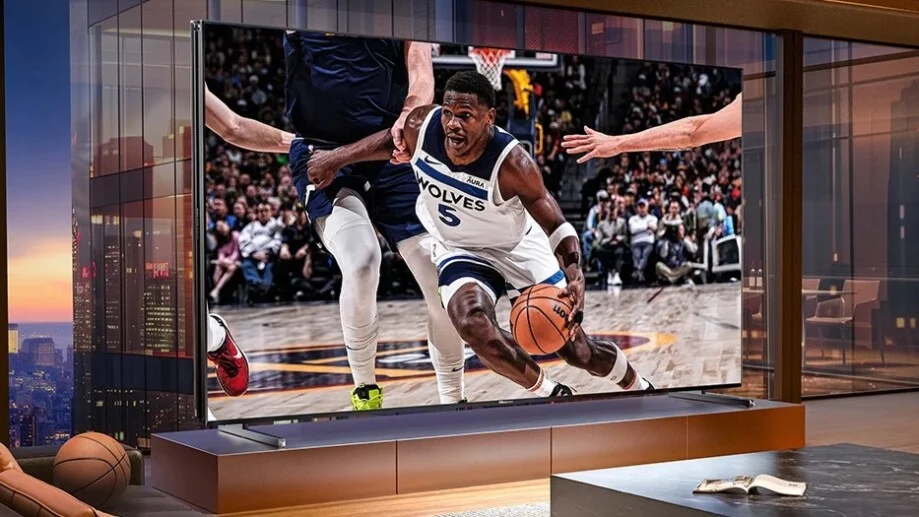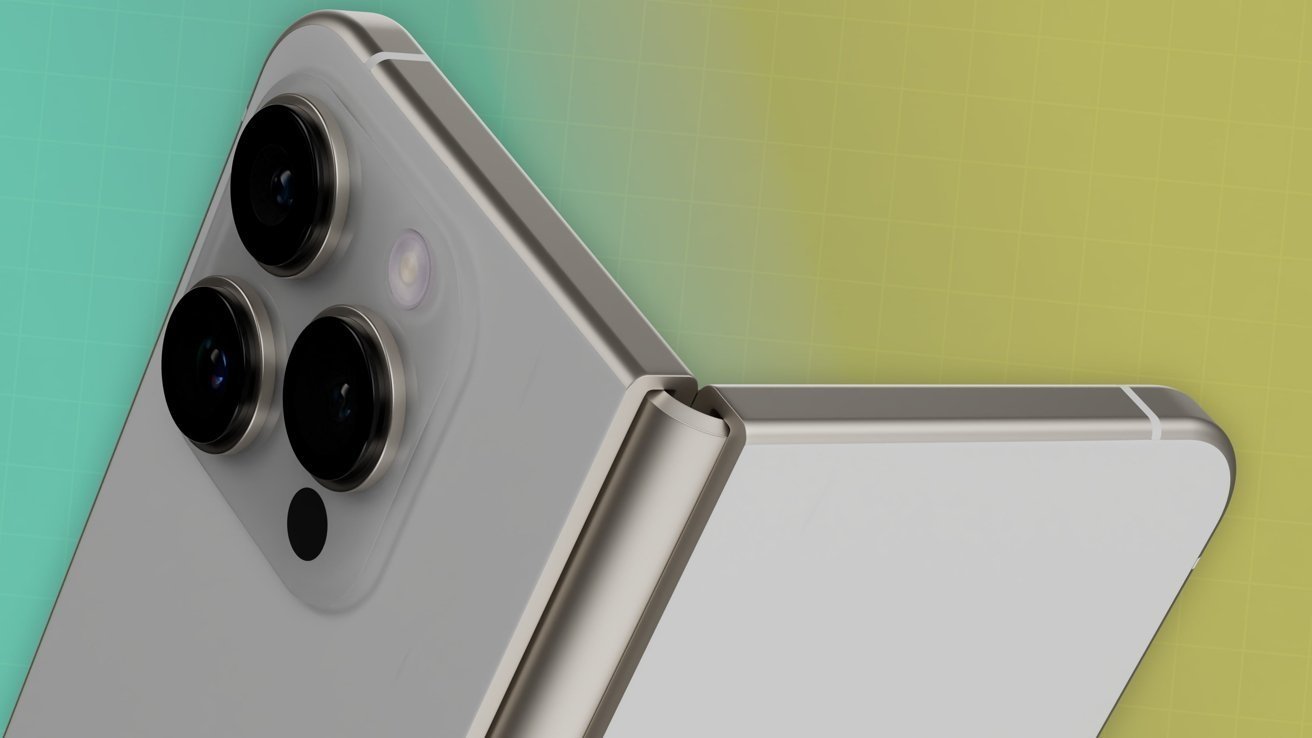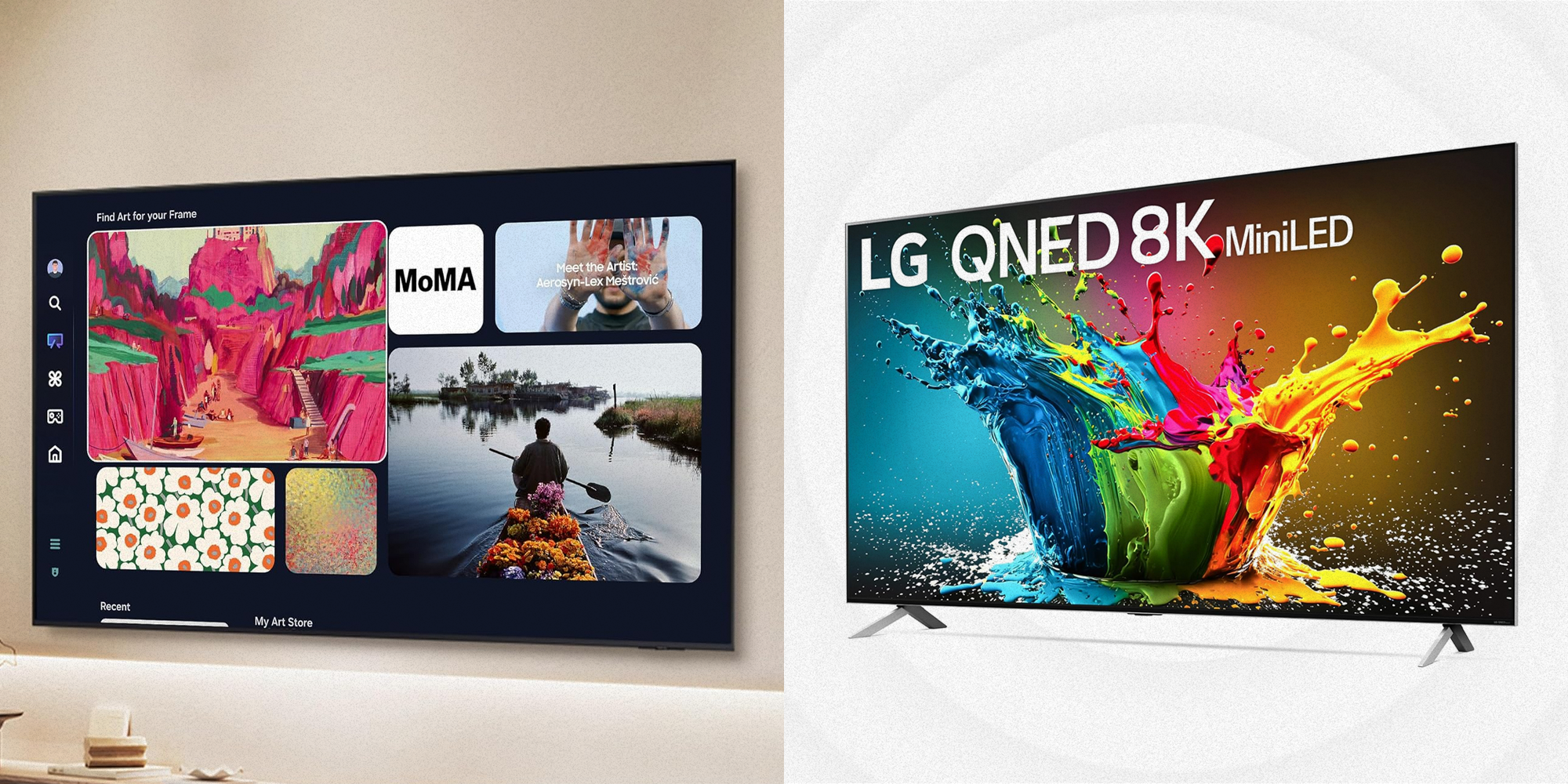
What is Dolby Atmos and how is it a game changer in at-home audio? Since coming onto the scene in 2012 at the Dolby Theater in Los Angeles, it has transitioned from being just a concept to a widely adopted technology. Today, most in-home sound technology can offer the extra channels of audio that Atmos provides and will be a staple for years to come.
The popularity of Dolby Atmos is due to its immersive surround sound technology and widespread support throughout the entire process, from content creation to distribution and device compatibility. Today, it can be found in a variety of forms, including video streaming services, TVs, and AV receivers, making it a widely accessible option for enhancing the home cinema experience.
Related: Vizio M Series Soundbar Review
How does Dolby Atmos work?
Unlike traditional channel-based systems, Dolby Atmos offers a more advanced and dynamic audio experience. The technology can create up to 118 distinct sound objects, allowing sound designers to place each audio element and voice in specific locations within the soundfield, rather than simply assigning them to specific speakers. This ability to manipulate and move these objects creates a truly immersive 3D soundstage.
A sound object in Dolby Atmos can refer to any individual audio element, such as footsteps or a bouncing basketball, with a specific position in a scene. The technology allows content creators to precisely place these sounds and even define their movement (such as someone running away down a hallway) within a three-dimensional space, resulting in a more immersive and realistic audio experience.
Dolby Atmos’ optimized technology analyzes all audio data and in real-time, determines the optimal playback based on the number and placement of speakers in your setup. This leads to a more immersive and realistic experience, where sounds, like an airplane flying overhead, seem to come from specific locations in the room. The more speakers you have, the more precise the audio positioning and overall sound richness and depth will be.
How is it different from regular surround sound?
The key difference between Dolby Atmos and traditional surround sound lies in the use of channels. Conventional surround sound typically uses 5.1 (five speakers and one subwoofer) or 7.1 (seven speakers and one subwoofer) channels. This setup can create the illusion of a helicopter moving from right to left or vice versa, but it cannot reproduce the sensation of something flying overhead. This lack of positional information can detract from the overall immersion factor of traditional surround sound.
For more information check out Dolby’s website on Atmos technology.
Is it easy to set up?
This one really depends on how complicated you’d like your system to be and how much you intend to spend. If you are looking for a quick and easy solution, then there are good soundbars on the market that won’t break the bank and get you Atmos technology in your living room. If you’d like something slightly more robust, which many argue is the only way to go, then having a professional help you pick out options is probably a good idea.
There is already a decent amount of content supporting Dolby Atmos with Netflix, Disney, and HBO all offering their programming with Atmos added. Please note that in some cases, you may need to have the proper subscription for a specific platform to access certain features. For example, to stream in Ultra HD on Netflix, you will need a plan that supports UHD streaming, which raises the monthly subscription fee to $19.99.











